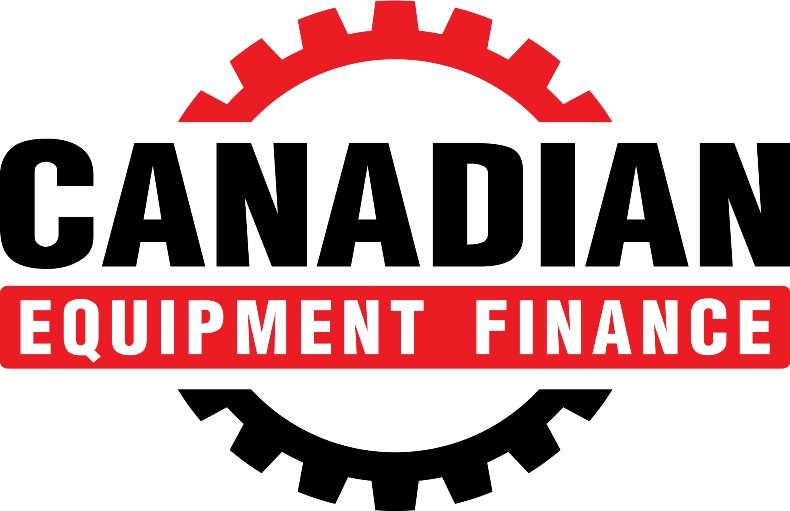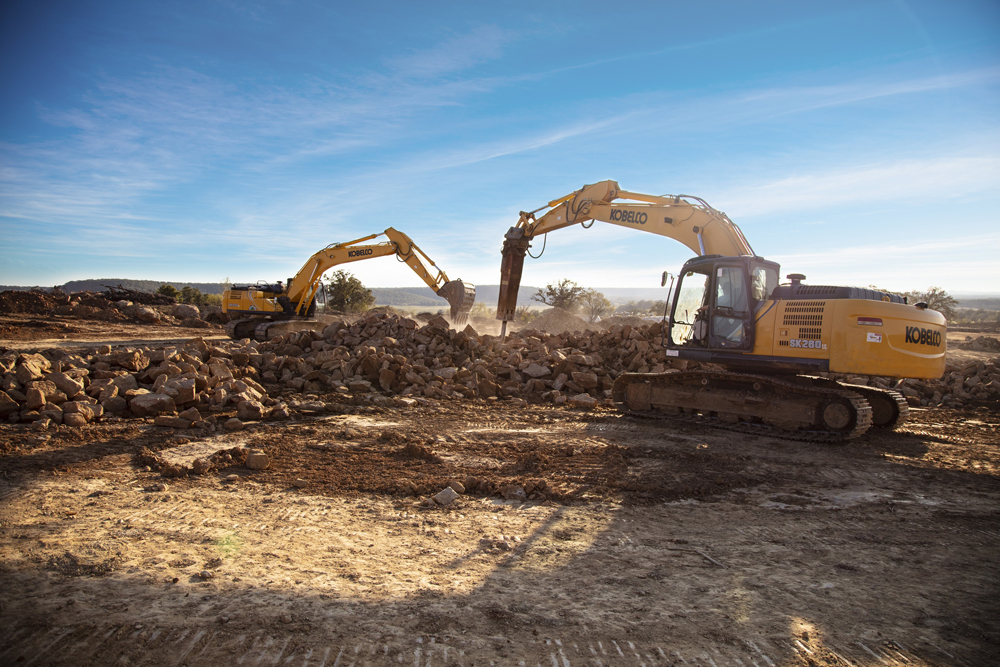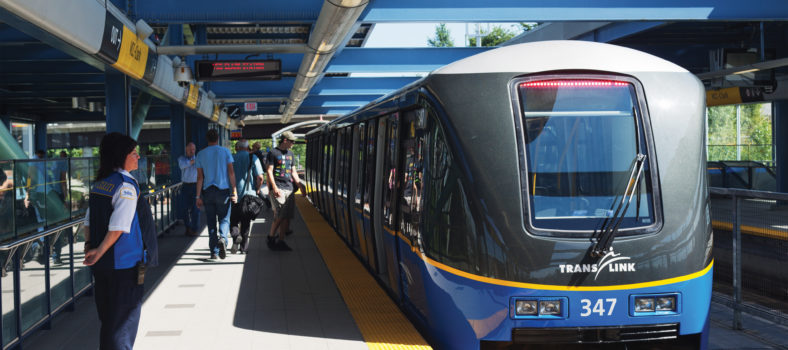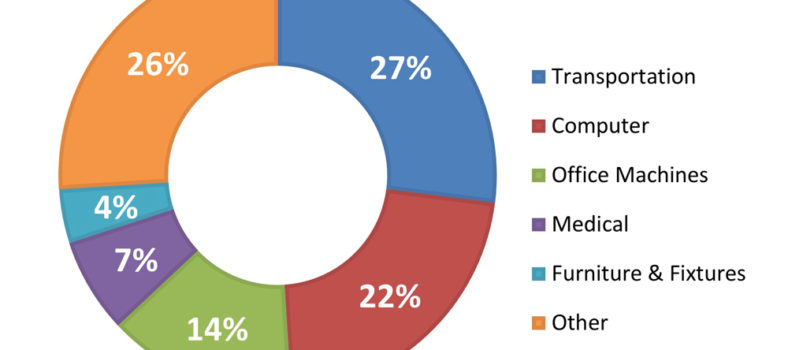There may be faster trains southwest of Toronto, Ontario, requiring improved and possibly new infrastructure, but it appears that they will not be high-speed rail (HSR).
The new Ontario Progressive Conservative government has broadened the scope of an environmental assessment (EA) for the previous Liberal government’s $11 billion-plus HSR plan. The HSR was undergoing an EA to identify a route from Toronto to London and eventually Windsor, Ontario by way of the Pearson Airport vicinity, Guelph and Kitchener. However, the high costs, that it bypassed intermediate communities like Stratford and Woodstock and that a portion of the proposed route would cause the loss of agricultural land and interfere with farming created strong opposition in many communities, led to the government’s decision.
Oxford County, which includes VIA Rail-served Ingersoll and Woodstock, sponsored a report, SouthwestLynx: Integrated High-Performance Transportation for Southwestern Ontario, published in June 2018. It recommended high-performance rail (HPR) on expanded and rebuilt tracks and stations on existing VIA routes.
HPR, according to the SouthwestLynx report, is “a middle-ground between high-end HSR and lower-speed conventional rail [like the current VIA service].” HPR trains operate at 175 km/h to 240 km/h compared with above that for HSR, and they can use diesel or electric power, or dual-power, whereas HSR requires electric power, fed by overhead wires. HPR stresses frequency, door-to-door travel, on-time performance, price, comfort and amenities and station convenience, including connectivity with other public transit modes, as opposed to primarily focusing on speed. It is also scalable and its improvements can improve freight rail, unlike HSR And, said the report, HPR minimizes “urban, rural and agricultural land acquisition”.
At the direction of Ontario Transportation Minister Jeff Yurek, the government is analyzing a range of transportation options aimed at improving access for residents and businesses in southwestern Ontario. The results of this planning work will include input from stakeholders such as rural and farming communities and will help to guide future transportation decisions.
“The ministry will be looking at broader transportation needs across Southwestern Ontario, looking at all transportation modes including bussing,” said Ministry of Transportation Ontario spokesperson Bob Nichols. “Which together with the EA rail planning, will help guide future transportation decisions so that the province can implement the right decisions for the people of Ontario.”




